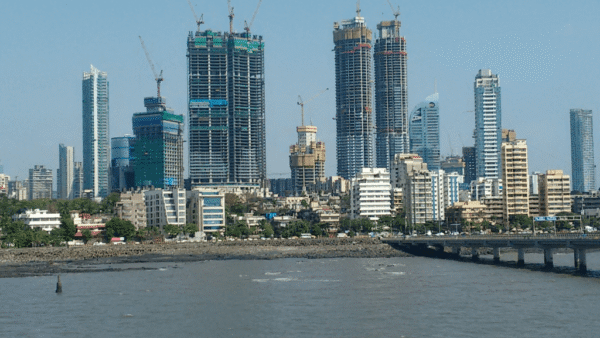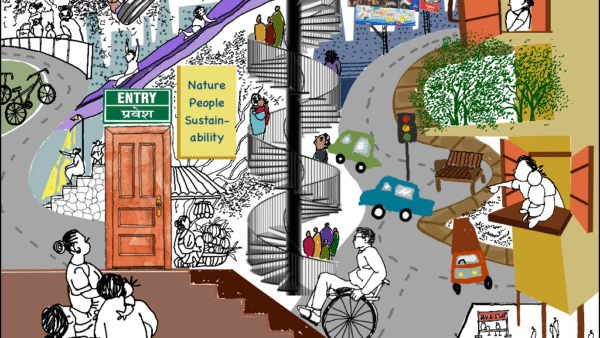From cities across Europe to Thailand and other popular tourist destinations, the backlash against tourists – undeserving and unfair attacks – has brought attention to the spectre of rising overtourism. Tourist arrivals, while economically beneficial for these cities in general, have led to a host of problems in the daily rhythms of life for residents. How much can be gauged from the fact that Venice, among the world’s most aspirational tourist destinations, has seen a decline in its population as locals have preferred to migrate out.
In Thailand, authorities took the drastic step last year of shutting down the iconic Maya Bay, immortalised by Leonardo DiCaprio in the Hollywood film The Beach, to save the pristine beach from severe environmental damage and allow its ecosystem to recover.[1] sing crisis. The tourism sector, once a “source of pride” for the Mediterranean island, is now its “biggest problem”.[2] Here’s a curated list of cities around the world that have seen protests and vandalism against tourists or restrictive actions by local administrations to cap the number of arrivals.
Barcelona, Spain
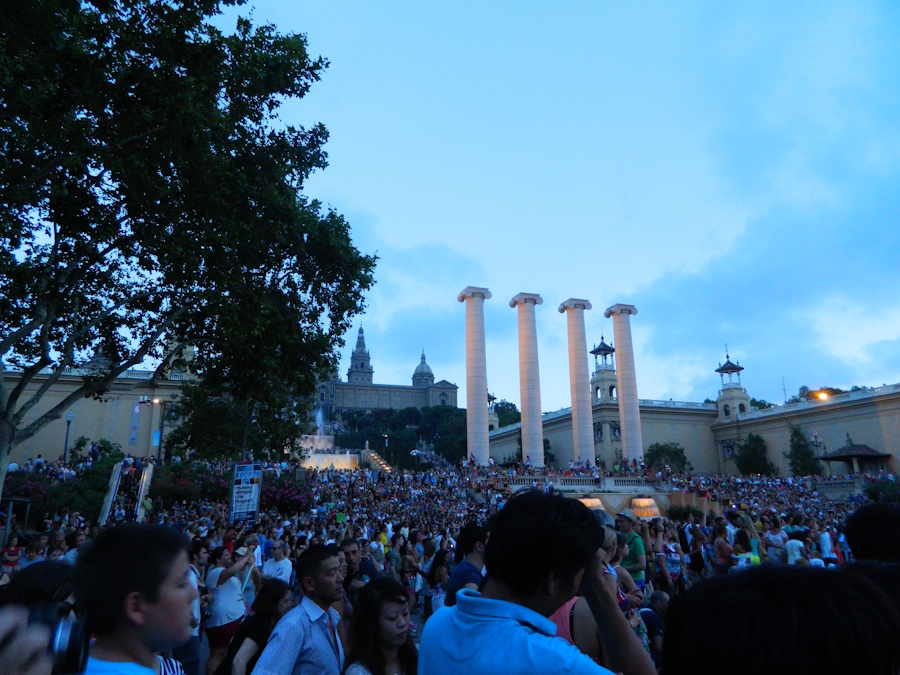
Photo: Wikimedia Commons
“Your holidays, my misery,” shouted thousands of people, marching across Barcelona on June 15. In a move that shook the rest of the world, angry residents of the Spanish city fired water guns at tourists, covered shop windows with protest stickers, and lit smoke bombs in a coordinated demonstration across southern Europe including Spain, Italy and Portugal or “the rest of the world’s vacation playground”.[3] The unceasing inflow of tourists into their cities upset their lives, they said. Known for its beautiful art and architecture, Barcelona attracts around 15.5 million visitors every year. Last year, Barcelona saw 26.1 million tourists[4], over 15 times its population of 1.7 million.
No city is equipped to handle such a load. Shops selling essentials have been replaced by souvenir stands, bike rental shops and cafes servicing the tourists are unnecessary for residents. Amongst the most crowded cities in Europe, Barcelona attempted to balance tourism with citizens’ needs but high living costs have caused unrest among locals. Like Amsterdam, Barcelona imposed restrictions on short-term rentals in 2018, nearly 9,700 illegal tourist apartments have been shut down since 2016, and the city plans to phase out all short-term rentals by 2028 to make affordable housing for locals.[5]
Yet, protesters were most demonstrative last week as Europe’s top tourist destinations saw coordinated efforts by activists against overtourism. Some of the protesters in Barcelona and the Spanish island of Mallorca sprayed tourists with water guns even as hundreds of protesters gathered in other cities across Spain, Italy and Portugal.[6] However, the protests have been aimed more at regular and budget tourists rather than resource-guzzling luxury tourists.
Venice, Italy
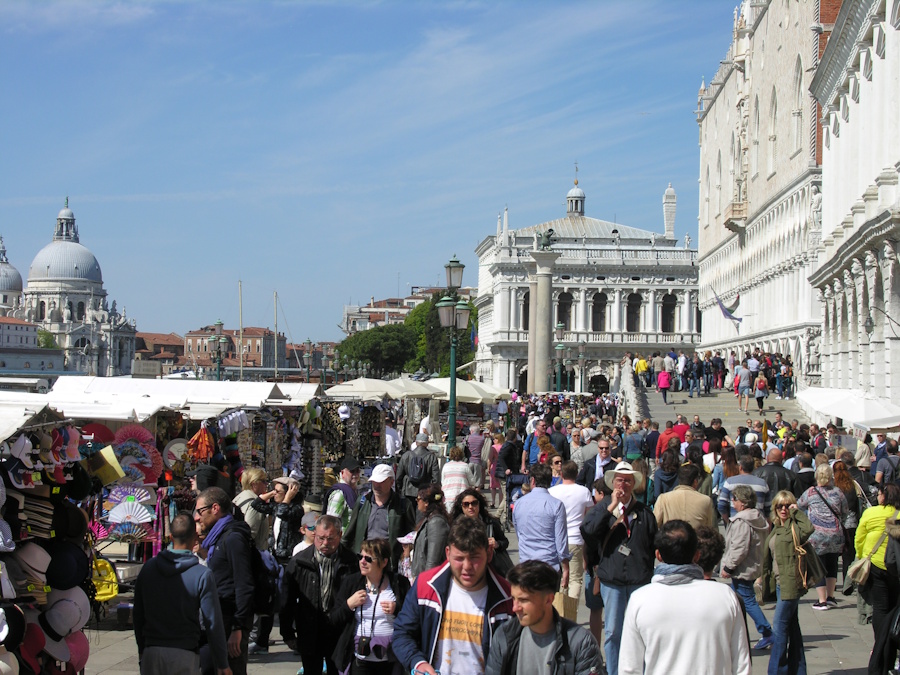
Photo: Wikimedia Commons
As the world’s second-richest man Jeff Bezos prepared to fly into Venice, Italy, to wed Laura Sanchez, with about 100 private jets scheduled to bring in A-list private guests, protesters took to all forms of demonstrations including floating a Bezos statue across a canal. Bezos was forced to shift his wedding venue. Venice has been wracked by protests for months against overtourism. Restrictions such as the tourist tax programme and day-tripper tickets were introduced last year to limit their number. The famed Italian city had become so impractical for residents that its population shrank from about 1,20,000 three decades ago to just 55,000 last year.[7]
In 2019, Venice recorded 30 million visitors – a whopping 50 times more than its population. With curbs such as entrance fees, the arrivals dropped to about 20 million in 2023.[8] Since 2017, the city has barred construction of new hotels and blocked fast food chains to preserve the local cuisine businesses.[9] But its iconic streets and waterways still cater more to tourists, edging out locals. Strained by continuing overtourism, the ‘Floating City’ doubled tourist tax to €10 for last-minute day-trippers and expanded fee days from 29 in 2024 to 54 in 2025.[10] Groups exceeding 25 people are also prohibited from entering Venice, and audio guides or loudspeakers are restricted.
Florence, Italy
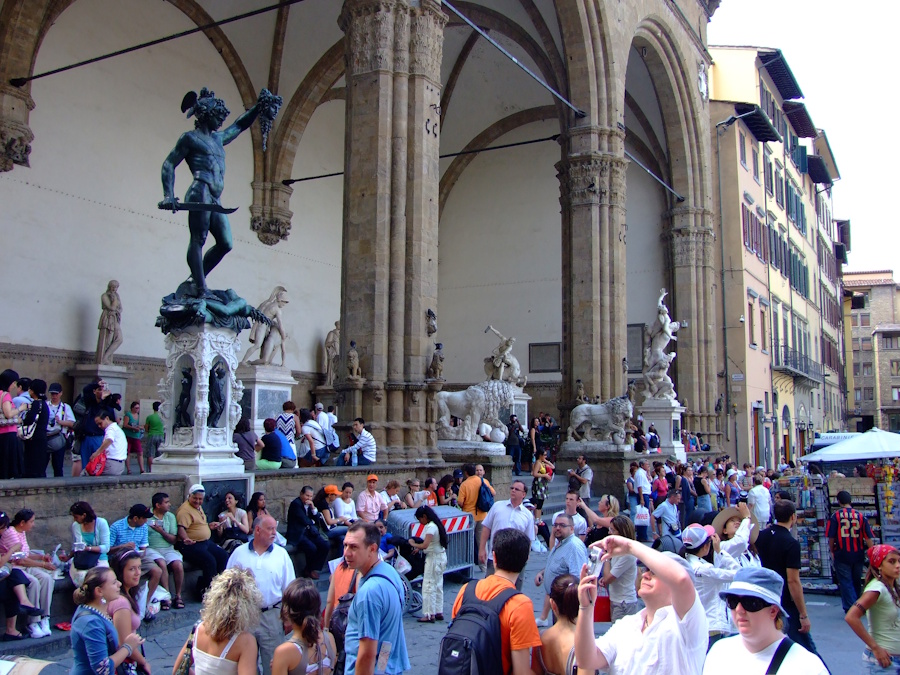
Photo: Wikimedia Commons
Every year, the historic city’s 7,14,000 inhabitants[11] are joined by around 11 million tourists. Numerous Airbnb apartments and eateries have mushroomed in the historic centre, pushing out residents. The city, known as a museum without a roof, registers over 20 times its population.[12] Aiming to curb overtourism, the local government last year ordered owners of holiday rentals to remove self-check-in key boxes that eliminated the need for in-person key exchanges and check-in procedures.[13] It also put curbs on “atypical vehicles” such as golf carts and prohibited the use of loudspeakers by tour guides, aiming to make the Tuscan capital a “living and unique city”.[14]
Dubrovnik, Croatia
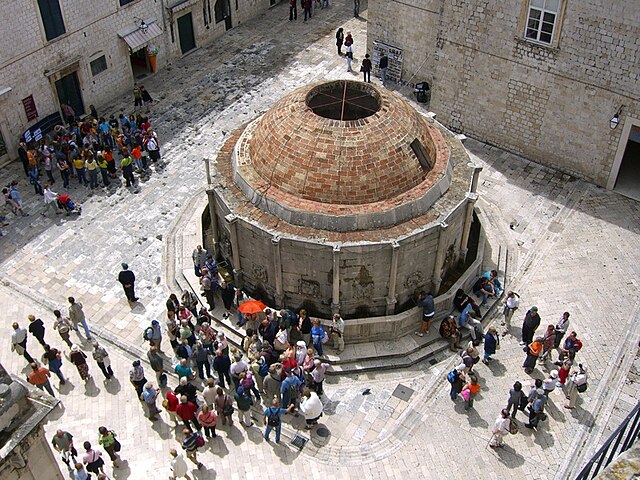
Photo: Wikimedia Commons
The most popular tourist destination in Croatia, Dubrovnik, recorded more than 1.3 million tourists in 2024.[16] Apart from its historical significance, the town caught the world’s attention after the popular television series The Game of Thrones was shot here, drawing thousands of visitors every year.[17]
The city has just over 41,000 residents. The endless stream of visitors has put a strain on traffic, infrastructure, and the quality of life for locals forcing the city to implement some measures. Following UNESCO’s recommendations in 2017, the city set daily tourist limits and installed 116 surveillance cameras to monitor visitor numbers especially in the historic Old Town – a UNESCO World Heritage Site since 1979.[18]
In 2023, Dubrovnik amended its General Urban Plan to ban the construction of new holiday apartments. This year, the city decided to restrict cruise ships, which are extremely popular among tourists, to only two at a time and for a minimum of eight hours. This staggering has helped prevent overcrowding of tourist hotspots including in the Old City.[19]
Paris, France

Photo: Wikimedia Commons
The overtourism came to the forefront on June 16 when the workers of The Louvre went on a spontaneous strike overwhelmed by unmanageable visitors forcing the closure of the iconic museum like never before.[20] Paris has long been affected by mass tourism, forcing residents to come out and protest.
In a paper, You Can’t Sit with Us: How Locals and Tourists Compete for Amenities in Paris, authors Vladimir Avetian and Stefan Pauly write that in 2019, France was the most visited country in the world and Paris was the third-most visited city. That year, 35.4 million tourists – approximately 16 times the resident population – stayed in the city’s hotels. The ban on key boxes – a “clear symbol of illegal rentals” partly responsible for skyrocketing housing costs — is the most visible attempt to curb overtourism.
After the recent strike by the workers at The Louvre, authorities plan to build a new entrance at the Colonnade de Perrault on the western side to ease the congestion at the pyramid. Slated to open in 2031, the expansion will add underground exhibition spaces and relocate the Mona Lisa to a dedicated room with a separate access pass.[21]
Amsterdam, The Netherlands
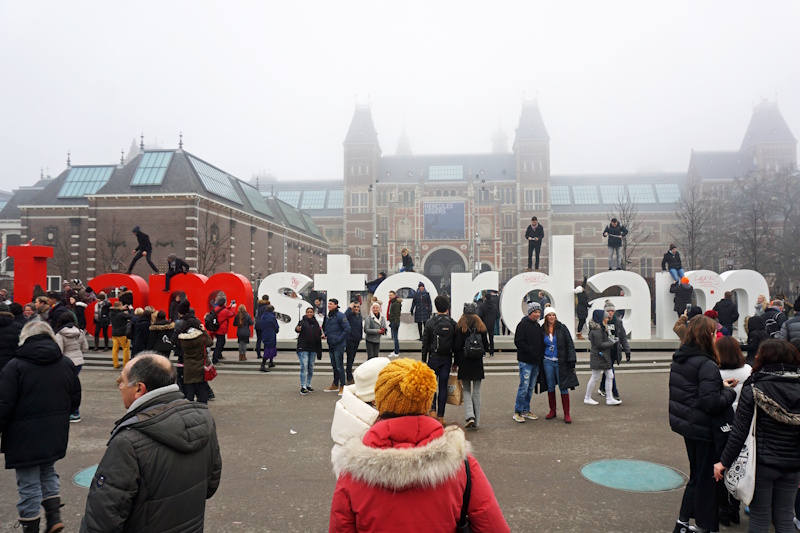
Photo: Wikimedia Commons
The ‘Venice of the North’, Amsterdam, known for its picturesque water canals and museums, has been opposing overtourism for a while. The ‘Stay Away’[22] campaign last year was meant to discourage travellers. The Dutch city plans to limit cruise ships in its harbour to just 100 in 2026, down from 190 currently, before banning them by 2035.[23] In 2024, Amsterdam recorded around 23 million overnight tourist stays, roughly three percent increase over the previous year, despite its self-imposed cap of 20 million that was set in 2021.
Last year, the city announced a ban on the construction of new hotels which can only be built if an older hotel shuts down but the rule does not apply to those who have permits.[24] In order to make the city more liveable and sustainable, Amsterdam has also limited drug-related and ‘adult tourism’ across the red light districts.
Santorini, Greece
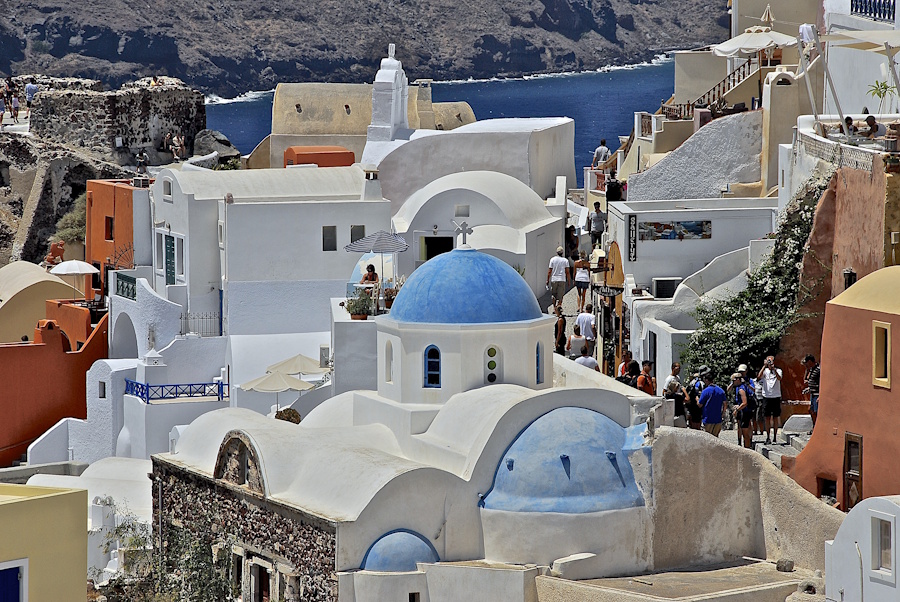
Photo: Wikimedia Commons
The breathtaking and colourful views in Santorini attract two million tourists every summer but this has had a telling effect on the vineyards and local life. Greece recorded 32.7 million tourists who brought in around 201 million Euros tourism revenue in 2023, accounting for about 13 percent of the country’s GDP.[25]
In 2023, a staggering 800 cruise ships docked at its ports with 1.3 million visitors, according to the Hellenic Ports Association. The pollution by cruise ships has been harming the island, prompting a cap on them.[26]
This July, it imposed a tourism tax of 20 euros per person for cruise ship arrivals and increased the lodging tax from April to October so that local communities can benefit. From this year, tourists booking short-term rentals between April and October—the peak travel season—will pay a daily tax of €8, a notable rise from the current €1.50 while during the off-season, this fee will increase to €2 from the existing €0.50.[27]
Bali, Indonesia
Bali, once on everyone’s bucket list, tops Fodor’s ‘No List’ 2025 which aims to highlight ‘destinations where tourism is placing unsustainable pressures on the land and local communities’.[28] Bali’s iconic rice terraces are being rapidly replaced with luxury hotels, villas and resorts. The small island has been grappling with traffic congestion, plastic pollution, and overdevelopment straining its natural resources, including water.
In 2024, Bali saw 6.33 million international visitors, surpassing the previous peak of 6.28 million in 2019. This was a 20 percent increase from 2023. The island alone accounted for nearly half of all foreign tourists to Indonesia last year.[29] Since February 2024, foreign tourists have been paying a one-time IDR (Indonesian Rupiah) 1,50,000 (roughly US $9) as tourism tax. The Bali provincial government collected 318 billion IDR (US$19.2 million) in 2024 through the Foreign Tourism Levy.
Ida Ayu Indah Yustikarini, head of marketing, Bali Provincial Tourism Office, said the money is being used to protect the environment, improve Bali’s waste management systems, and preserve Balinese culture by supporting traditional performances such as at the annual art festival and funding artists communities.[30]
Cover photo: Wikimedia Commons



